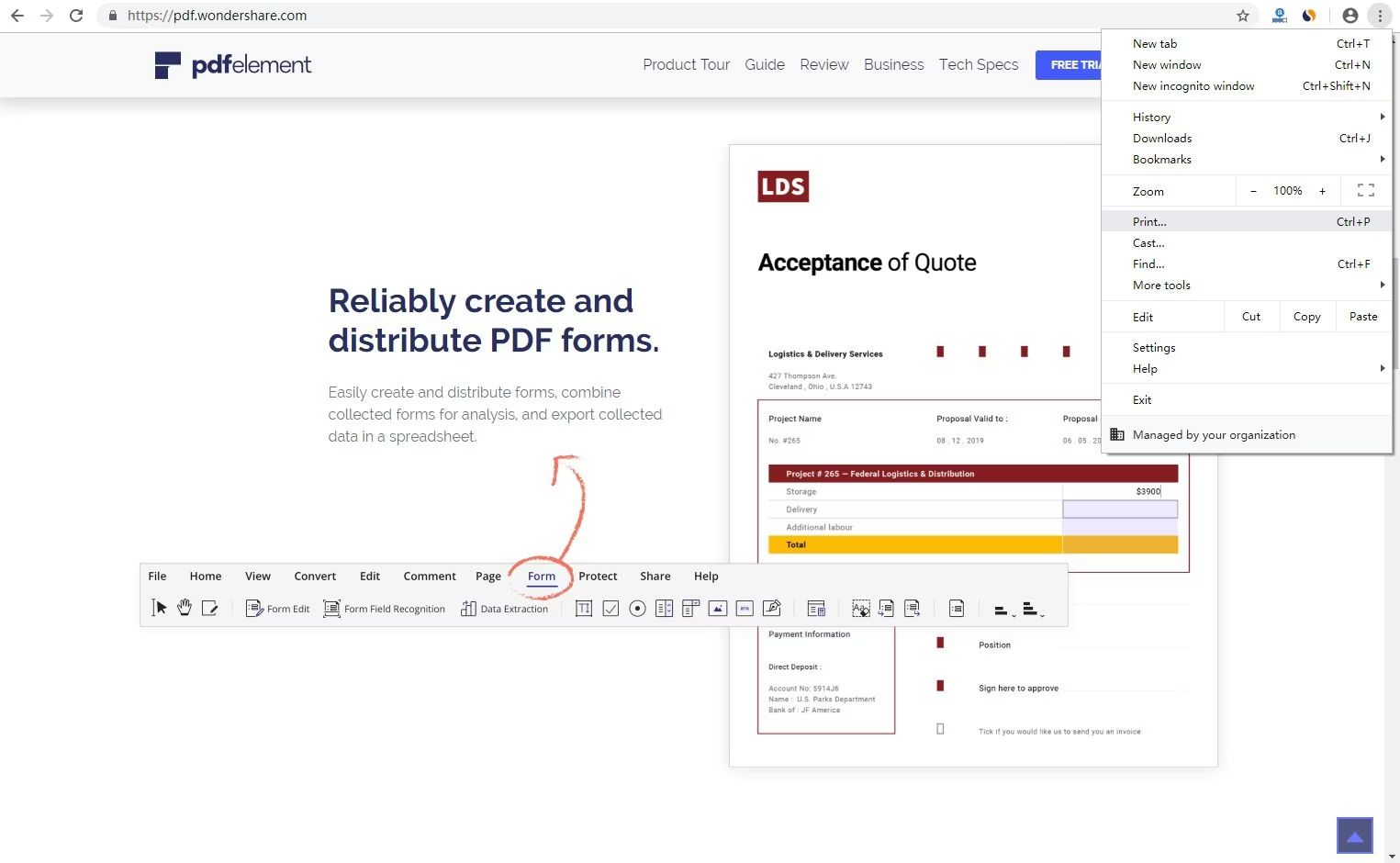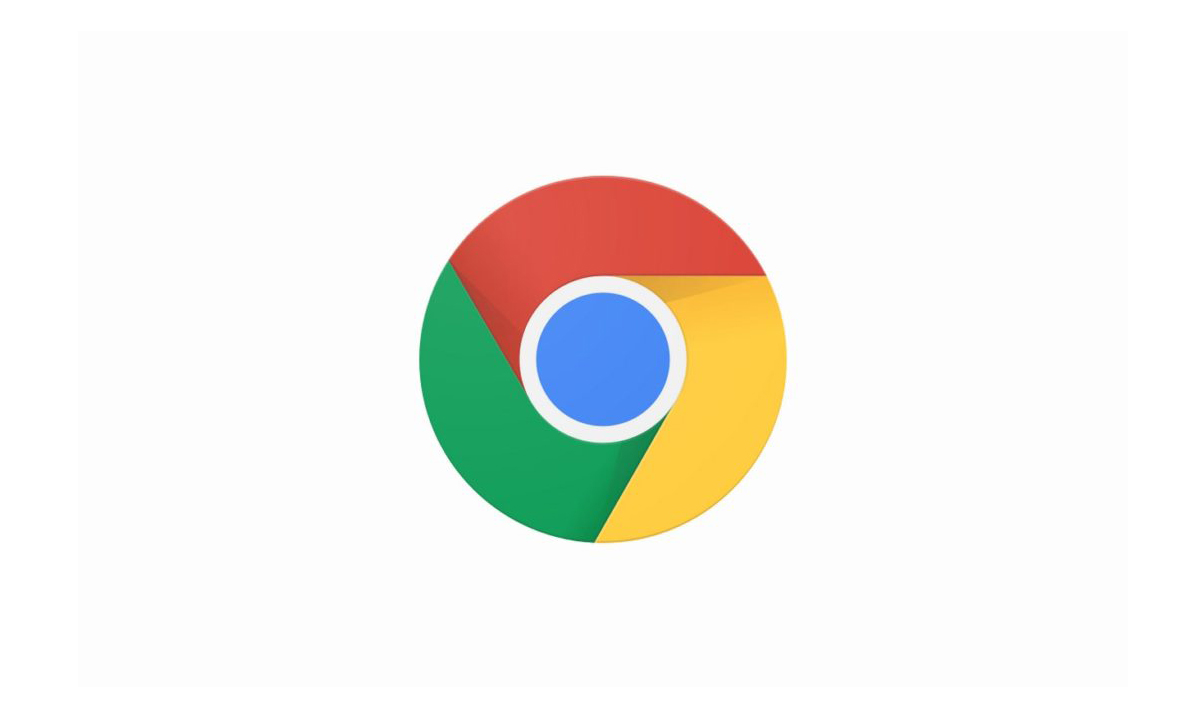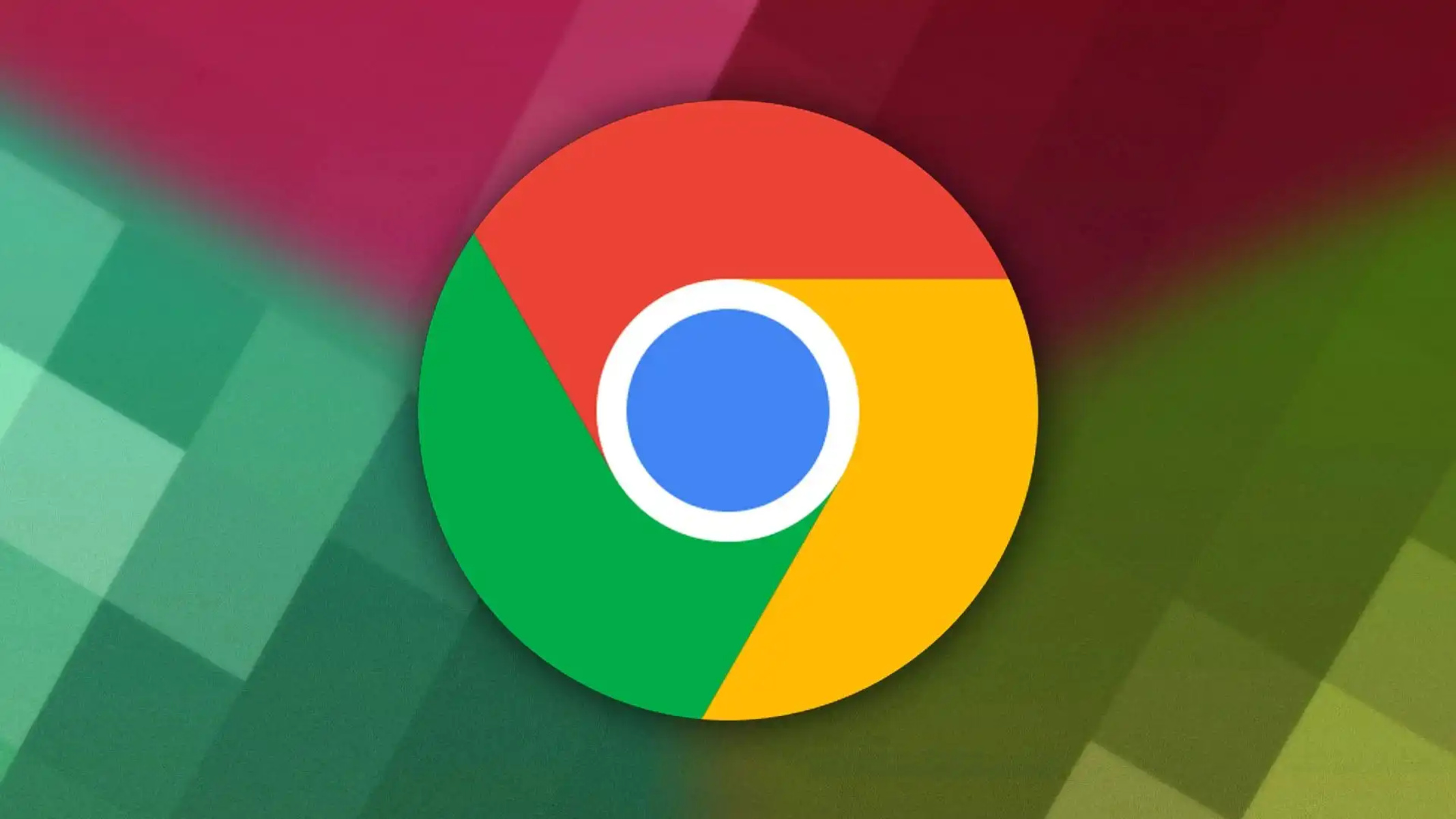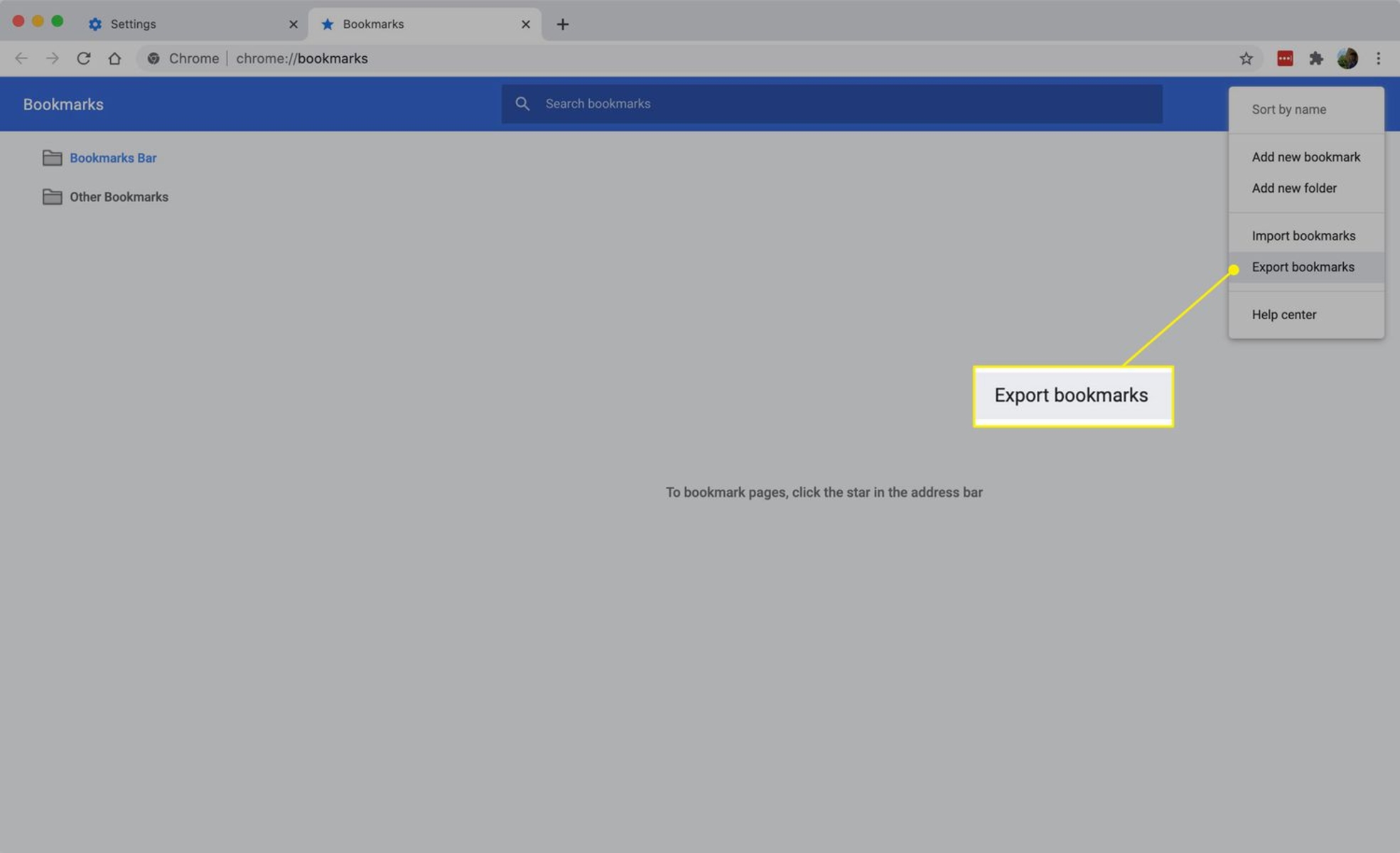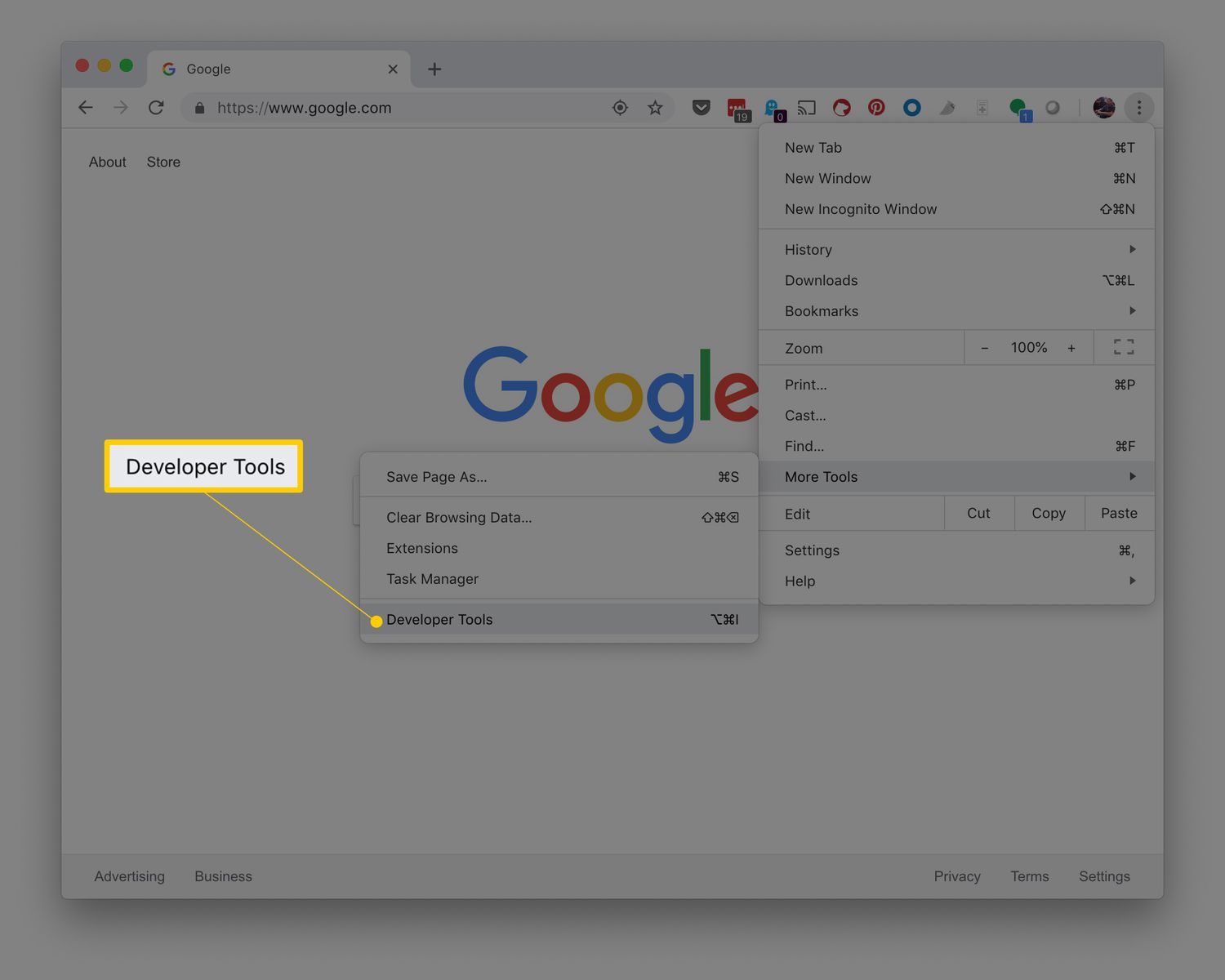Introduction
Opening an HTML file in Chrome is a fundamental task for web developers, designers, and anyone who wants to view a local HTML file in a browser. Whether you're working on a new website, testing a web page, or simply exploring the structure of an HTML file, Chrome provides several convenient methods to accomplish this. In this article, we'll explore three simple and effective ways to open an HTML file in Chrome, allowing you to seamlessly view and interact with the content.
By following the step-by-step instructions provided in this guide, you'll gain a deeper understanding of how to effortlessly access and navigate local HTML files using Chrome. Whether you're a seasoned developer or just starting your journey in web development, mastering these techniques will undoubtedly enhance your workflow and productivity.
So, let's dive into the methods and explore how to open an HTML file in Chrome with ease. Whether you prefer using the file menu, leveraging the drag-and-drop functionality, or utilizing the command line, you'll find the perfect method that suits your workflow. Let's embark on this journey to unlock the seamless access to local HTML files in Chrome, empowering you to explore, test, and refine your web projects with confidence.
Method 1: Using the File Menu
One of the most straightforward ways to open an HTML file in Chrome is by utilizing the file menu. This method is ideal for individuals who prefer a traditional approach to accessing and viewing local files in their web browser. Here's a step-by-step guide to help you seamlessly navigate through this process:
-
Locate the HTML File: Begin by navigating to the directory where the HTML file is stored on your computer. This could be your local file system or a designated folder where you've organized your web development projects.
-
Right-click on the HTML File: Once you've located the HTML file, right-click on it to reveal a context menu. From the options presented, select "Open with" to proceed to the next step.
-
Choose Google Chrome: After selecting "Open with," a submenu will appear, displaying a list of compatible applications. From this list, choose "Google Chrome" to open the HTML file in your preferred browser.
-
View the HTML File: Upon selecting Google Chrome, the HTML file will open in a new browser window, allowing you to view and interact with its content seamlessly. You can now explore the structure, layout, and functionality of the HTML file within the familiar interface of Chrome.
By following these simple steps, you can effortlessly open an HTML file in Chrome using the file menu. This method provides a user-friendly approach for accessing local HTML files, making it an ideal choice for individuals who prefer a traditional and intuitive workflow.
Whether you're a web developer, designer, or simply curious about the content of an HTML file, leveraging the file menu in Chrome offers a convenient and accessible way to explore and interact with local web content. With this method at your disposal, you can seamlessly integrate the viewing of HTML files into your web development workflow, enhancing your productivity and understanding of web technologies.
Method 2: Drag and Drop
Another intuitive method to open an HTML file in Chrome involves leveraging the drag-and-drop functionality. This approach offers a seamless and visually engaging way to access local HTML files, making it an ideal choice for individuals who prefer a hands-on approach to interacting with digital content. By following the simple steps outlined below, you can effortlessly utilize the drag-and-drop feature to view HTML files in Chrome.
-
Locate the HTML File: Begin by navigating to the directory where the HTML file is stored on your computer. Whether it's nestled within a specific folder or readily accessible on your desktop, locating the HTML file is the first step in preparing for the drag-and-drop process.
-
Open a New Chrome Window: Launch Google Chrome on your computer, ensuring that you have a browser window ready to receive the HTML file. If Chrome is already open, you can simply open a new window or tab to prepare for the drag-and-drop action.
-
Drag the HTML File into Chrome: With both the HTML file directory and the Chrome window visible on your screen, click and hold the HTML file, then drag it into the Chrome window. As you hover over the browser window, you'll notice a visual indicator, such as a dashed outline, signaling that you can release the file to open it in Chrome.
-
Release the File: Once you've positioned the HTML file over the Chrome window, release the file to initiate the drag-and-drop action. Chrome will promptly load the HTML file, displaying its content within the browser window for seamless viewing and interaction.
By embracing the drag-and-drop method, you can effortlessly open an HTML file in Chrome, offering a tactile and visually engaging experience. This approach is particularly appealing for individuals who appreciate a hands-on approach to accessing and exploring digital content. Whether you're a web developer, designer, or simply curious about the structure of an HTML file, the drag-and-drop method in Chrome provides an intuitive and interactive way to view local web content. With this approach at your disposal, you can seamlessly integrate the exploration of HTML files into your web development workflow, enhancing your understanding of web technologies and fostering a more engaging user experience.
Method 3: Using the Command Line
Utilizing the command line to open an HTML file in Chrome offers a streamlined and efficient approach, particularly favored by individuals well-versed in command-line interfaces and those seeking a quick and precise method for accessing local web content. By leveraging the command line, you can seamlessly initiate the display of an HTML file in Chrome, empowering you to efficiently navigate through web content with ease.
Here's a detailed guide on how to open an HTML file in Chrome using the command line:
-
Access the Command Line Interface: Begin by accessing the command line interface on your operating system. Whether you're using Windows, macOS, or a Linux distribution, open the terminal or command prompt to prepare for the subsequent steps.
-
Navigate to the Directory: Once you're within the command line interface, navigate to the directory where the HTML file is located. Use the appropriate commands to change the directory and ensure that you're positioned within the folder containing the HTML file.
-
Execute the Command: With the command line interface open and the correct directory selected, execute the command to open the HTML file in Chrome. Depending on your operating system and preferred commands, you can utilize variations of the "open" or "start" command, followed by the name of the HTML file. This action prompts Chrome to launch and display the HTML file within a new browser window.
-
View the HTML File in Chrome: Upon executing the command, Chrome will promptly load the HTML file, presenting its content within a browser window. You can now seamlessly interact with the HTML file, exploring its structure, layout, and functionality within the familiar interface of Chrome.
By embracing the command line method, you can efficiently open an HTML file in Chrome, catering to individuals who prefer a precise and command-driven approach to accessing local web content. This method is particularly beneficial for developers and tech-savvy users who are accustomed to working within command-line environments, offering a swift and direct means of viewing HTML files in Chrome.
Whether you're a seasoned developer, tech enthusiast, or simply seeking a streamlined method for accessing HTML files, the command line approach in Chrome provides a powerful and efficient way to interact with local web content. With this method at your disposal, you can seamlessly integrate the utilization of command-line interfaces into your web development workflow, enhancing your productivity and technical proficiency.









